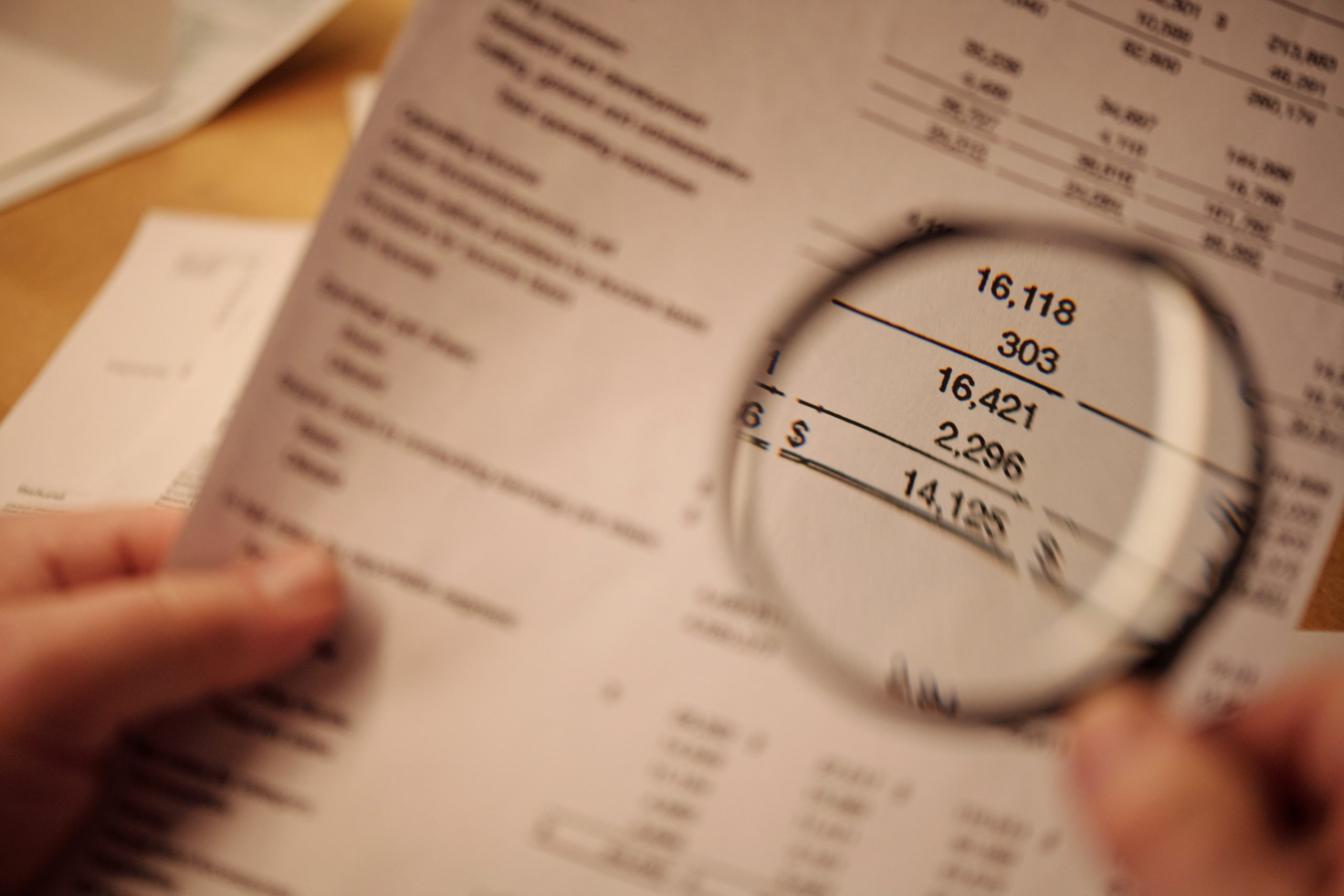Your Income Statement: What Your Money is Doing
The goal isn’t to judge your spending or eliminate all fun from your life. It’s to make intentional choices about your money so it aligns with your actual priorities instead of just disappearing into the void of “stuff.”
If a balance sheet is your financial snapshot, then an income statement is your financial movie – it shows the story of your money over time. Specifically, it tracks your income and expenses (what you make versus what you spend) for the year. Where do you find the information to put on your income statement? Your bank and credit card statements. Where do you find those? On your bank and credit card apps.
The beauty of an income statement is its simplicity: income minus expenses equals what’s left over (seems pretty obvious). What’s left over is called the delta, and hopefully that’s a positive number, but if it’s not, at least you’ll know why your bank account feels like a leaky bucket.
Breaking It Down by Time
This isn’t your monthly budget (don’t worry, we’ll get there) so we aren’t looking at monthly earning and spending. We’re looking at yearly earning and spending, and the best way to do that is to break everything down into weekly, monthly, and yearly columns. This gives you the full picture of your spending patterns and helps you spot those sneaky expenses that only hit once a year but can derail your budget.
Pro tip: If you have any weird payment schedules – like getting a haircut every two months or getting an oil change twice a year – create columns for those too. The goal is to capture your actual spending reality, not fit neatly into monthly boxes.
What Counts as Income
Your income includes everything that puts money in your pocket:
- The Obvious Stuff: Your salary, bonuses, commissions, and side hustle earnings. Don’t forget about that freelance work you do on weekends or the money from selling stuff on Facebook Marketplace.
- The Investment Stuff: Dividends from stocks, interest from savings accounts, and rental income if that’s a thing for you. Even if some of these amounts seem small, they count – every dollar you don’t have to work for is a win.
- The Random Stuff: Tax refunds, gifts from relatives, or the $20 you found in your winter coat. It all goes in the income column.
Where Your Money Actually Goes
Now for the detective work. Your expenses break down into different frequencies (as mentioned), and tracking them this way reveals patterns you might not have known existed.
Weekly Expenses are your routine costs: groceries, household items, gas, and the coffee you get on your way to work every day. These might seem small individually, but multiply by 52 weeks and suddenly your $5 coffee becomes a $1,300 annual expense.
Monthly Expenses are your big, predictable hits: rent or mortgage, utilities (break these out individually – electricity, gas, water, internet, phone), car payments, insurance premiums, gym memberships, and all those subscription services. Speaking of subscriptions, when’s the last time you actually watched something on Paramount+? Might be an easy way to cut back on spending…
Don’t forget pet expenses – which, if your pets are like my pets, are substantial – and that catch-all category of “miscellaneous nonessentials” – clothes, takeout, entertainment, and impulse purchases. Be honest here. Just because you wear those shoes every day doesn’t cancel out the $50 you spent on them.
Yearly Expenses include the big annual hits like taxes, car registration, and insurance policies you pay annually. But also calculate what your weekly, monthly, and other frequency expenses add up to over a full year. That annual electric bill will have you wanting to live in the dark.
The Moment of Truth
Add up all your expenses and subtract them from your total annual income. If you get a positive number, congratulations! – you’re living within your means. If it’s negative, don’t panic, but do pay attention. This number tells you exactly how much you’re overspending, and mapping out your expenses helps you figure out where to make changes.
Why This Exercise Changes Everything
Most people have no idea where their money goes. They know their big expenses like rent and car payments, but the $15 here and $30 there? Those invisible expenses add up fast and explain why you feel broke despite having a decent income.
Your income statement becomes your financial GPS. It shows you exactly where you are and helps you plot a course to where you want to be. Want to save more for retirement? Your income statement shows you which expenses to cut. Trying to pay off debt faster? It reveals where you can find extra money to throw at those balances.
Update your income statement every few months to stay on track. Your spending patterns will change as your life changes – new jobs, new living situations, new priorities. The key is to stay aware of these changes instead of letting them go unnoticed.
The goal isn’t to judge your spending or eliminate all fun from your life. It’s to make intentional choices about your money so it aligns with your actual priorities instead of just disappearing into the void of “stuff.”
This information is intended for informational and educational purposes only and is not individual investment or tax advice. Investing involves risk, principal loss is possible.
Please remember that I am not an investment advisor nor am I a portfolio manager, but I can introduce you to a few.






